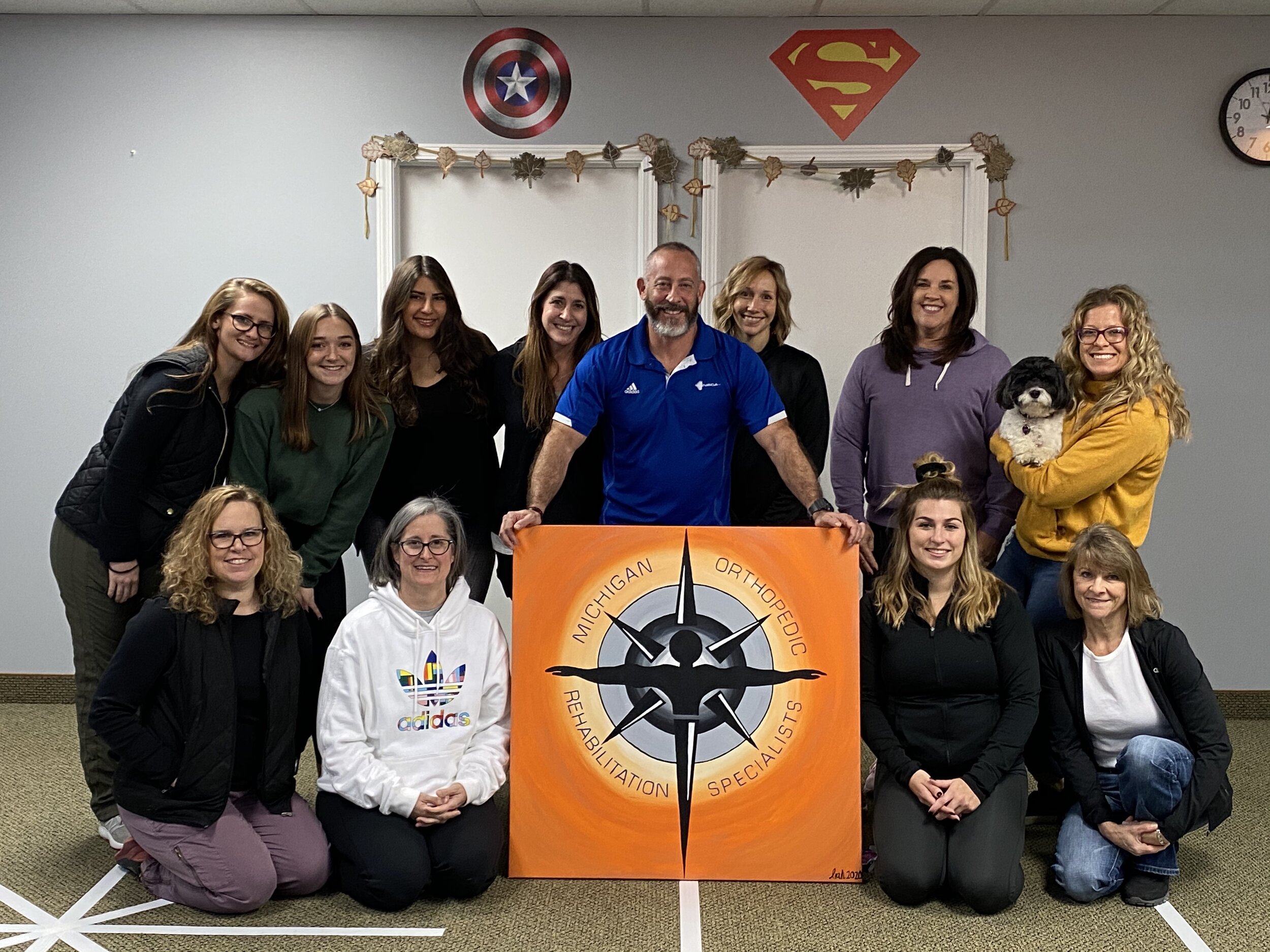One of the key elements of injury prevention is understanding the significance of appropriate warm-up and cool-down protocols. A warm-up prepares the physique for activity by increasing circulation supply to the muscles and enhancing flexibility. This can consist of active stretches and light cardiovascular exercises that gradually raise the heart rate. On the contrary side, a cool-down assists the body shift back to a calm state, reducing muscular soreness and stiffness. Including these protocols into a workout program is crucial for preserving overall physical well-being and preventing injuries.
Another important strategy is the use of strength training to develop muscular plus support joints. Strong muscles can help support articulations, which minimizes the likelihood of injuries during physical exertions. Personal trainers often design strength exercise regimens that focus on particular muscular groups, ensuring a well-rounded approach to wellness. Additionally, physical rehabilitators may employ strength workouts to assist participants rehabilitate from injuries while also preventing subsequent issues. By focusing on resistance, clients can enhance their performance in sports and daily activities.
Flexibility exercise is also a vital part of harm avoidance. Stretching exercises enhance the range of motion in articulations and assist maintain muscular elasticity. This is especially important for athletes who engage in intense sports, as tight muscles can result to injuries and sprains. Both physiological therapists and individual trainers can include flexibility routines into their programs, such as stationary and active flexibility exercises, pilates, or Pilates. By their explanation promoting flexibility, individuals can improve their overall movement quality and reduce the risk of injury.
Finally, informing clients about body mechanics and correct methods is crucial for harm prevention. Comprehending how to move properly during workouts can greatly minimize the chance of injury. Individual coaches and physiological rehabilitators can instruct participants about alignment, alignment, and the importance of paying attention to their bodies. This understanding enables clients to take educated decisions about their exercise activities and identify when they may be at risk of injury. By cultivating a solid base of harm avoidance strategies, both fields can help clients rehabilitate effectively and perform at their best.
